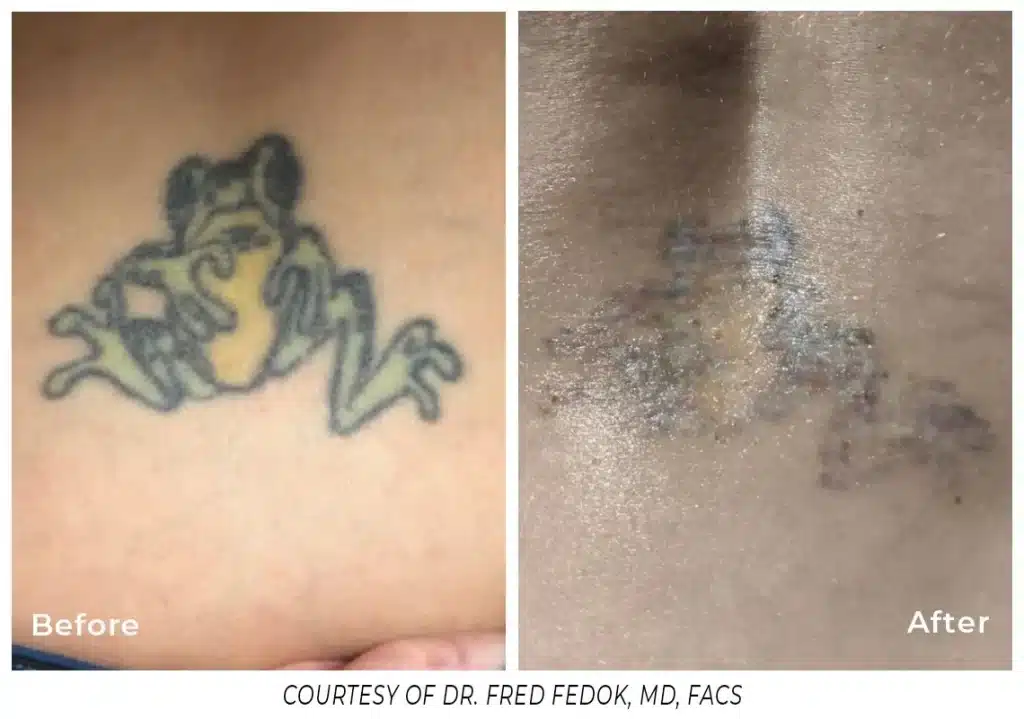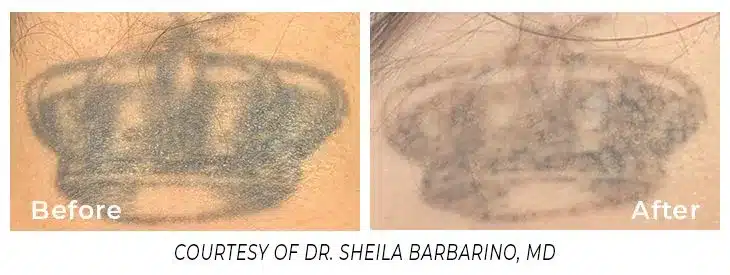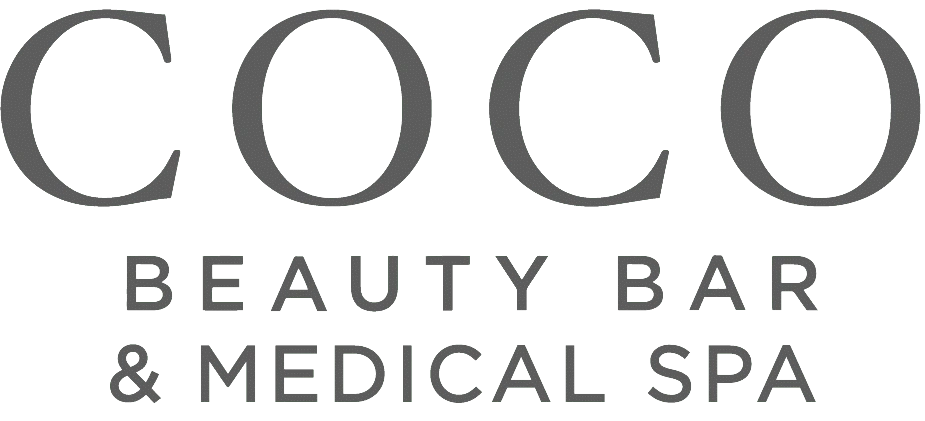Laser Tattoo Removal in Baton Rouge, LA
What is Tattoo and Pigmented Removal?
The “Q” in Q switched laser treatment stands for “quality.” A Q-switched laser pulses high-power laser beams with such precision that they don’t have any thermal interaction with tissues. This means that it produces minimal damage to surrounding tissues internally and targets only the tattoo ink pigments. An added benefit of this is a quicker and less complicated healing time. The Q Switched laser has been determined to be the gold standard for tattoo removal. It works by producing extremely short pulses of high-energy light. The light is then absorbed by the particles of the tattoo pigment but doesn’t get absorbed by the surrounding skin. The tattoo pigment then heats up and starts to break down into small particles.
A Q-Switch laser may also be used to treat pigmented lesions, including age spots, freckles, sunspots, and some birthmarks; it targets the melanin in the superficial layer of your skin. When the pigmented lesion absorbs the light energy from the Q-Switch Laser, it is converted into heat.

What is Unique About Q-Switched Tattoo Removal?
A Q-switched laser is the only technology that is able to penetrate down to the dermis and shatter tattoo ink (via photoacoustic waves) without causing damage to the surrounding skin tissue. All other methods either aren’t capable of reaching and destroying the ink or cause too much damage to the skin, resulting in scarring.
What to Expect?
The laser tattoo removal itself may not be uncomfortable, but discomfort is a normal response during treatment and recovery. The targeted areas will feel tender and sensitive to touch due to swelling and blistering thereafter. Once these effects subside over the next few days, so does the pain. Immediately after treatment, you will notice frosting on the area where the laser came in contact with the ink. It is caused by the rapid local heating of skin pigment, releasing carbon dioxide on the surface of the skin which resembles white frosting. This signals the first stage of healing, and it lasts for only a few minutes. More frosting occurs with dark ink compared to lighter ink.
This is accompanied by swelling around the treated area. Redness, tenderness, and swelling usually subside a day or two after treatment. Blisters start forming within 24 hours after treatment, and they may appear alarming, but these indicate that your body is healing as it should. Avoid picking on your blisters because they will drain on their own and dry into scabs. The crust will eventually fall off within 10–14 days after treatment, provided that the area doesn’t get irritated. One may even return to their usual activities shortly after treatment. The area will be bandaged to keep it dry for a few days following the treatment.
How Does it Feel?
Laser tattoo removal typically does involve some level of pain. That said, many say that it hurts less than they expected. It’s a common belief that tattoo removal is excruciating, yet most patients say that the sensation of removal is comparable to having a tattoo applied. Common descriptions include the sensation of a rubber band snapping against the skin or bacon grease – basically, it’s uncomfortable but bearable. Our office uses a topical anesthetic to numb the area prior to treatment to offer the most comfortable treatment for our patients.

Book Your Q-Switched Laser Tattoo Removal Appointment Today!
Experience safe and effective q-switched laser tattoo removal in Baton Rouge at Coco Beauty Bar. Our expert technicians use advanced technology to remove tattoos of all sizes and colors. Say goodbye to unwanted ink and start fresh with clear skin.
Additionally, we provide a non-laser alternative for tattoo removal. Contact us to learn more about our specialized options tailored to your specific needs.
